What Should My Tire Pressure Be?
Maintaining your tires properly is important to your safety when driving! Tire pressure helps proper tire operation. They must run at the proper pressure levels for their complete performance to function. However, what tire pressure is considered inadequate, and what is too high? What happens if you exceed the recommended levels?
Let us guide you through all of the tire pressure information you require.
What Causes Low Tire Pressure?
Low tire pressure is never a good idea when driving. Tires may experience some uncomfortable under-inflation issues when tire pressure drops below the recommended range.
However, there are many reasons why tires can under-inflated. But temperature variations and tire degradation are the two main reasons why car tire pressure drops.
Air will slowly seep out of the tire due to a pinhole leak. But slow leaks do not cause the tires to deflate immediately, a larger punctures or other kinds of damage can. If you observe that the tire is losing air more quickly than it should., you should check for nails or pinhole punctures.
The temperature of outside has an impact on tires as well. For every 10 degrees Celsius, the air pressure in tires changes by 1 psi. This is a common procedure that typically doesn’t affect the pressure in car tires. Only if the tires were poorly inflated could there be an issue.
Finally, it’s important to note that tires gradually lose their normal tire pressure. Because of this, you should check the pressure on your tires at least once a month to avoid any problems.
Also Read: How to Measure Tire Tread Depth?
How to Check Tire Pressure?
Tire pressure checking is a simple task. A tire pressure gauge is all that is required.
But the way you approach the task can really make a big impact. It is crucial to measure tire pressure at the appropriate time and to use the air pressure gauge as intended.
We are here to guide you through the procedure and ensure that your car is operating at the proper tire pressure.
1. Make Sure Your Tires Are Cold
It is best to check tire inflation when the tires are cold. Only before the tires are put to use can a good pressure test be performed on them, since driving on them generates heat buildup that can lead to inaccurate tire pressure readings. The most accurate tire pressure reading is obtained while the tires are cold.
When a tire is not used for three hours or more, it becomes cold. Ultimately, if the car was driven for little more than a mile. Anything beyond that may cause the tire gauge to read greater tire pressure levels than it actually is.
In other words, checking tire pressure in the morning before driving is the best idea.
2. Find the Recommended Tire Pressure
What tire pressure is considered normal? Since it largely relies on the size and type of tire, there is no easy answer. That being said, tire and auto manufacturers have made it simple to locate information regarding the ideal tire pressure levels for your particular car.
You have two options for checking tire pressure: look for the information in your automobile or check the sidewall of the tire where “MAX PRESS” is written. There is a label in the driver-side door jamb that you can locate even if you don’t have the owner’s manual. The suggested tire pressure levels for the front and rear tires are displayed on this label.
3. Check Your Tire Pressure
When checking tire pressure, tire pressure gauges give the most accurate results. Acquiring one is a wise investment because it will increase the effectiveness of tire maintenance.
How to Use a Tire Pressure Gauge?
The process of using a tire pressure tool is not too hard. To determine whether the tire pressure levels on your tires are appropriate, too low, or too high, you only need to follow a few simple procedures.
The tire pressure gauge should be attached to the valve stem after one tire’s valve cap has been removed. Hold down the button until the hissing sound stops. The tire’s PSI levels will now be displayed on the gauge.
How to Read a Tire Pressure Gauge?
Gauges come in two varieties that can be purchased. Their presentation of the results varies slightly.
The air pressure within the tire will force a bar out of the bottom of a standard or manual tire pressure gauge. By examining the measurements engraved on the bar, you may determine the psi levels.
A digital gauge, however, is far simpler to read. The tire pressure reading will just show up on the screen of the device.
4. Inflate Tires to the Correct Tire Pressure
Now that you know how to check tire air pressure levels, you need to add pressurized air to the tirer. Brining the tires to ideal tire pressure means adding or removing air from within the tire.
But before you can begin, you need to know how to properly inflate your tires. To find out more, continue reading!
Should All 4 Tires Have the Same psi?
Yes, it is advised that the pressure in each of the four tires be the same. There are certain exceptions, though.
Different tire sizes are installed on the front and rear axles of vehicles that have staggered fitments. Because larger tires have wider footprints and can run at lower tire pressures, it means that these tires require specific tire pressures in order to work effectively.
Also Read: How Long Does It Take To Change A Tire?
How Often Should You Check Your Tire Pressure?
Checking tire pressure is recommended once a month at least. By doing this, you can ensure that you are not operating a vehicle with low tire pressure, which may result in further issues and possible tire damage. As part of your routine tire maintenance, you should maintain proper tire pressure levels.
Hot vs Cold Tire Pressure
The recommended pressure on the tire’s sidewall points to its cold air pressure levels. The so-called hot psi levels of your tires will be visible if you check them after driving.
It may seem absurd, but there is a significant difference in the average tire pressure between hot and cold tires.
This is a result of heat buildup that happens while the tires are moving and cannot be avoided. Try to top off your tires with the 4 psi above the recommended cold max psi if you don’t have an air pump and must fill them up there.
After the tires cool down, this will balance out. Check the tires again the next morning, if at all feasible.
Tire Pressure in Summer vs Winter
The tire pressure values for summer and winter will also vary. This is because the tires’ internal air pressure drops in colder weather.
What level of inflation is therefore necessary under what kinds of weather conditions?
It is best to follow the tire manufacturer’s recommended ideal pressure levels in the summertime. Tire pressure, however, should be roughly 3 psi higher in colder climates than in summertime. This will ensure that your winter tires won’t be under-inflated because tire pressure decreases by 1 psi for every 10 degrees Fahrenheit.
Also Read: Industrial vs Agricultural Tires!
How to Check Tire Pressure Without a Gauge?
Don’t panic if you don’t have access to a suitable tire pressure gauge. You may find the approximate air pressure levels in your tires using a few different methods. These techniques will still provide you with a reasonable estimate and point you in the correct direction, even though a pressure gauge is more precise.
So, without a gauge, how is tire pressure measured?
– Place your hand on tire and Press down to see how soft it is. The tire pressure on softer tires is too low.
– Examine the tire visually and if you see flattening it needs air
– You should pump your tires if they appear flatter than normal after carrying cargo into your automobile
– Increased road noise and vibrations may also be a sign that your tires need more air
What Happens if Tire Pressure Is Too High?
It can be dangerous to have tires inflated above the appropriate pressure. Even though they might use less fuel, the sacrifice will be too great. The risks of overinflated tires are as follows:
Over Inflated Tires Symptoms
– Minimized traction and reduced road contact area
– Irregular center tread wear
– Increased driving vibration levels
How Much Tire Pressure Is Too Much?
The tire and its dimensions determine the maximum tire pressure that can be used with each tire. Never exceed these PSI levels since this could potentially result in overinflation. Tire pressure increases when the tires are used, thus it’s important to follow the advice of the vehicle and tire manufacturers.
Generally speaking, tires shouldn’t utilize more than 40 psi if the suggested pressure level is 35. Any more will lead to the issues before mentioned.
Under Inflated Tires Symptoms
There are several problems that tires will encounter when the inflation pressure is too low. These include:
– Increased rolling resistance ruins the vehicle’s fuel efficiency and fuel economy
– Premature wear and excessive wear on the shoulder tread sections of the tire
– Reduced capacity for handling and braking
– increased vibration and noise levels on the roads while driving
Frequently Asked Questions
How Much Does Tire Pressure Increase When Hot?
In Summertime, tire pressure increases because of the expansion of air caused by temperature. One PSI increase in tire pressure corresponds to every 10°F change in temperature. This is why it’s crucial to monitor tire pressure during significant temperature changes.
How Much Does Tire Pressure Increase When Driving?
In the first 30 minutes of driving, tire pressure can increase by up to 5 psi as the tires heat up. This eventually stabilizes, but it’s still a good idea to keep an eye on your tire pressure monitoring system. In this case, it is best not to exceed the manufacturer’s specified maximum PSI levels.
What psi Should My Tires Be?
The recommended tire pressure for an average passenger tire is between 30-35 psi. The size and kind of tires that are used on the car have a big impact on this. However, you can also find the recommended tire pressure from the manufacturer on the sidewall of the tires and on the vehicle’s driver-side door jamb.
How Long Can You Drive with Low Tire Pressure?
Excessive use of low air pressure while driving might lead to tire and rim damage. Because of this, running tires that are underinflated for more than 50 miles or an hour is not recommended.

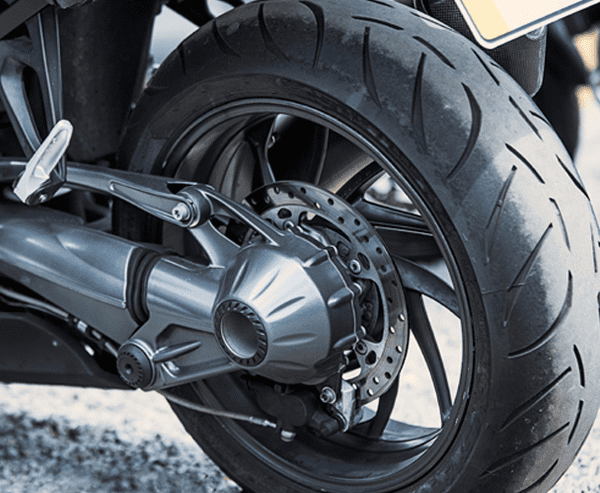
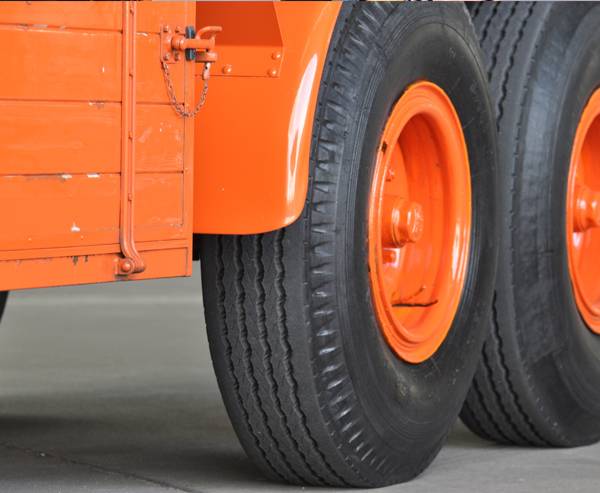
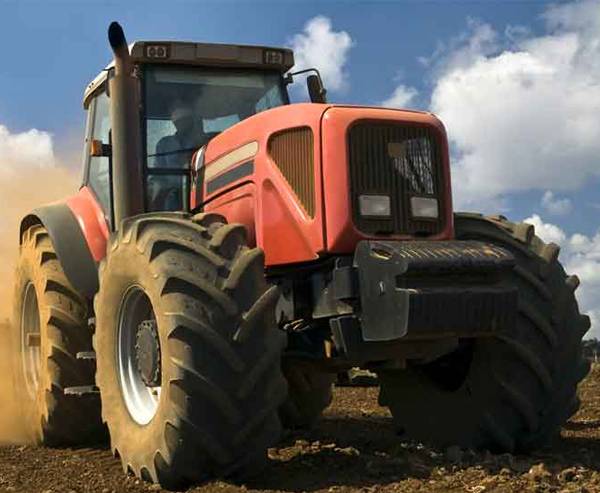
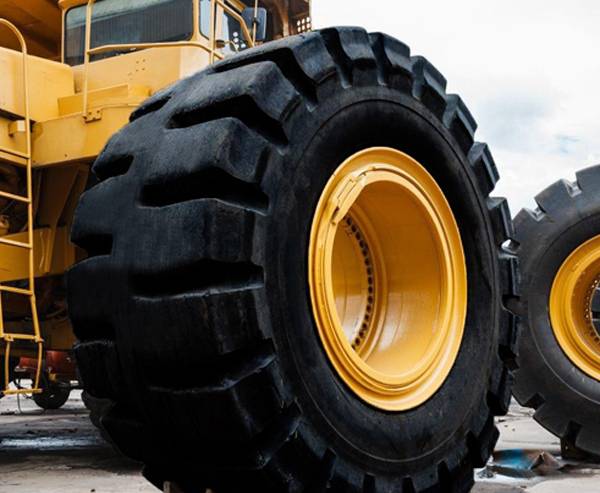
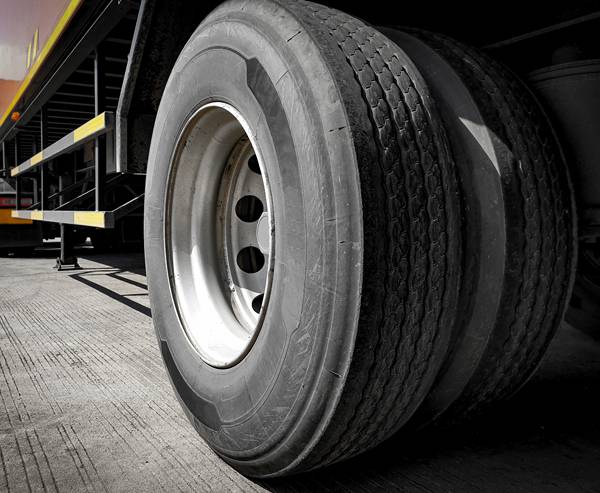
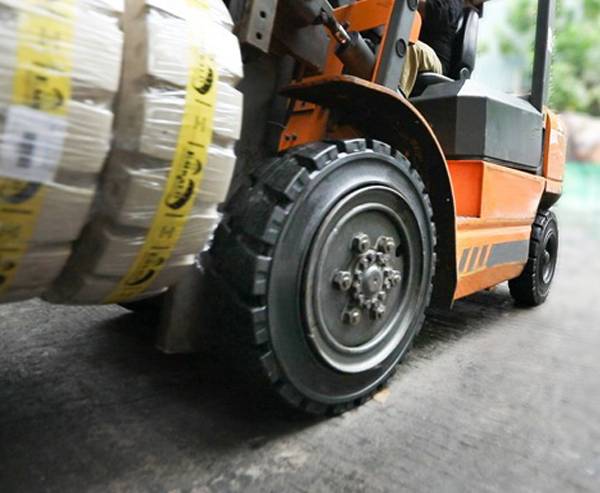




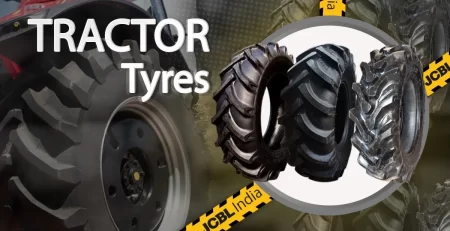




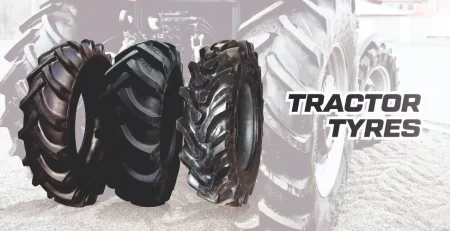


Leave a Reply